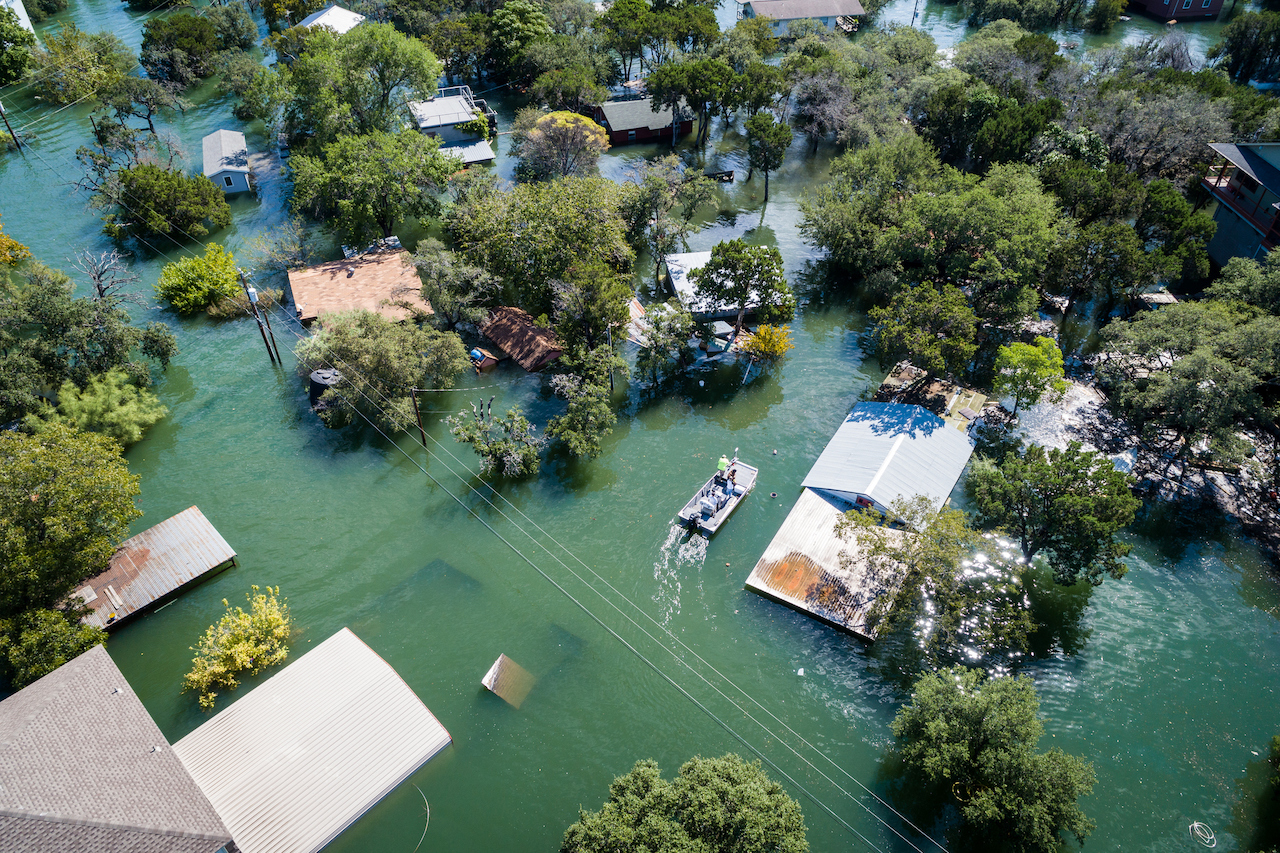Tuesday, October 7, 2025
Across Ontario, communities are facing more frequent extreme weather events–and professional planners are stepping up with creative, actionable solutions to this challenge.
The Ontario Professional Planners Institute (OPPI) has released Practice Guide: Climate Change Adaptation, which outlines how planners are using innovative tools and strategies to help municipalities reduce risks from flooding, wildfires, ice storms, and other climate hazards. We believe the real-world solutions explored in the guide would be of interest to your audience.
The guide was developed by the Ontario Professional Planners Institute and the Climate Risk Institute through the Ontario Resource Centre for Climate Adaptation.
Effective land use and community planning that integrates climate change considerations is essential for creating climate-resilient communities. Planning is a diverse field that spans government, the private sector, and academia, involving municipal departments, conservation authorities, public health organizations, research institutions, and more. Planners play a critical role in shaping communities that can withstand the impacts of climate change across Canada, as extreme weather events, flooding, heatwaves, and other climate-related threats are projected to intensify.
Increasingly, various planning tools and interventions are being used to help address the impacts and reduce the risks of climate-related hazards.
This practice guide showcases a range of innovative planning tools and interventions designed to effectively reduce the risks posed by various climate hazards. It serves as a reference for inspiration and ideas.
The guide contains information and key concepts to support adaptation planning and interventions across various community and service area contexts. It provides case studies highlighting the use of established planning methods to build climate resilience in ways that resonate with the priorities and needs of communities. The highlighted interventions illustrate the adaptability of planning tools across diverse municipal, organizational, and agency contexts, emphasizing their relevance for planning professionals.
Overview of the guide
This guide includes four main sections to help planners understand and apply planning interventions to foster more climate resilient communities:
- Climate Change and Planning: This section relates planning practices to climate change adaptation and identifies the legislative framework and enabling policies for adaptation planning in Ontario.
- Climate Hazards and Adaptation Planning: This section provides an overview of key climate hazards worsened by climate change and related adaptation planning measures that can be considered to manage associated risks.
- Planning Interventions Supporting Climate Adaptation: This section provides an overview of specific interventions planners can use to advance adaptation, including case studies that illustrate how these interventions have been successfully implemented across Ontario.
- Resource Guide: This section includes a curated collection of resources intended to support planners in applying the information in this guide.
Using The Climate Change Adaptation Practice Guide, Ontario planners can draw valuable insights from climate actions undertaken elsewhere in the province. By analyzing how these strategies align with the local priorities, demographics, and environmental conditions, communities can build on existing successes while tailoring solutions to their specific challenges. This approach leverages the strength of established methods while empowering communities to create interventions that resonate with their values and needs, maximizing both impact and sustainability.
Read the Climate Change Adaptation Practice Guide
Featured image credit: Getty Images












